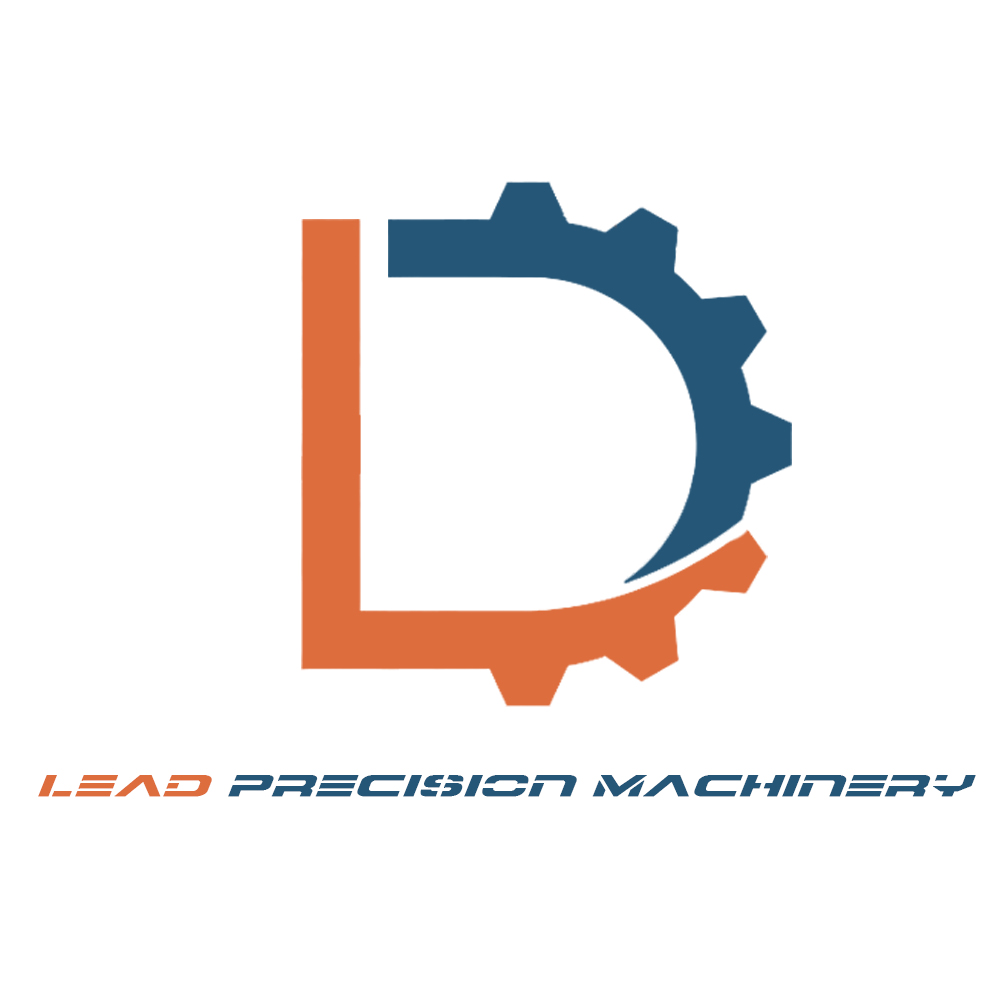CNC Automation represents the pinnacle of manufacturing efficiency and precision. As industries strive for higher productivity and consistent quality, the integration of automation within CNC processes has become paramount. From reducing human error to increasing production speed, CNC Automation is reshaping the manufacturing landscape.
CNC Automation Techniques & Their Advantages Compare
| CNC Automation Technique | Primary Benefit | Application Example |
|---|---|---|
| Robotic Arms | Consistent production | Handling and positioning materials |
| Automated Tool Changers | Reduced manual intervention | Multi-process machining tasks |
| Pallet Changers | Efficient material handling | Batch production runs |
| Machine Vision Systems | Quality assurance | Detecting manufacturing defects |
| Software Integration | Streamlined operations | CAD/CAM integration for design-to-production |
FAQs on CNC Automation
- What is the primary advantage of CNC Automation? CNC Automation enhances precision, reduces human error, and increases production efficiency.
- How does CNC Automation impact production costs? While initial setup might be costly, CNC Automation can lead to significant long-term savings due to reduced wastage, faster production, and consistent quality.
- Is CNC Automation suitable for all manufacturing sectors? While beneficial for many, the suitability of CNC Automation depends on production volume, complexity, and specific industry needs.
- How does CNC Automation contribute to worker safety? By automating repetitive and potentially hazardous tasks, CNC Automation reduces the risk of workplace injuries.
- Can CNC Automation be integrated with other manufacturing technologies? Yes, CNC Automation can be integrated with technologies like 3D printing, robotic arms, and AI for enhanced manufacturing capabilities.
- How does CNC Automation support mass production? Automated CNC machines can produce large quantities consistently, ideal for industries requiring high-volume production.
- What role does software play in CNC Automation? Software integration, like CAD/CAM systems, streamlines operations, allowing for seamless design-to-production transitions.
- Can CNC Automation adapt to design changes quickly? Yes, with the right software, CNC machines can be reprogrammed swiftly to accommodate design alterations.
- How does CNC Automation ensure product consistency? Automated CNC processes reduce manual interventions, ensuring every product is manufactured to the same specifications.
- Is training required to operate automated CNC machines? While the machines are automated, operators still require training to program, monitor, and maintain them.
Applications of CNC Automation:
- Mass Production: Automated CNC machines can produce large quantities with consistent quality, ideal for industries like automotive and electronics.
- Precision Tasks: Industries like aerospace and medical devices benefit from the high precision offered by automated CNC processes.
- Complex Designs: Automation allows for intricate designs to be manufactured consistently, beneficial for industries like jewelry and art.
- Quality Control: With machine vision systems, automated CNC setups can instantly detect and rectify manufacturing anomalies.
CNC Automation is not just the future; it’s the present of advanced manufacturing. As industries continue to evolve, the integration of automation within CNC processes will be integral to meeting the demands of modern production.

